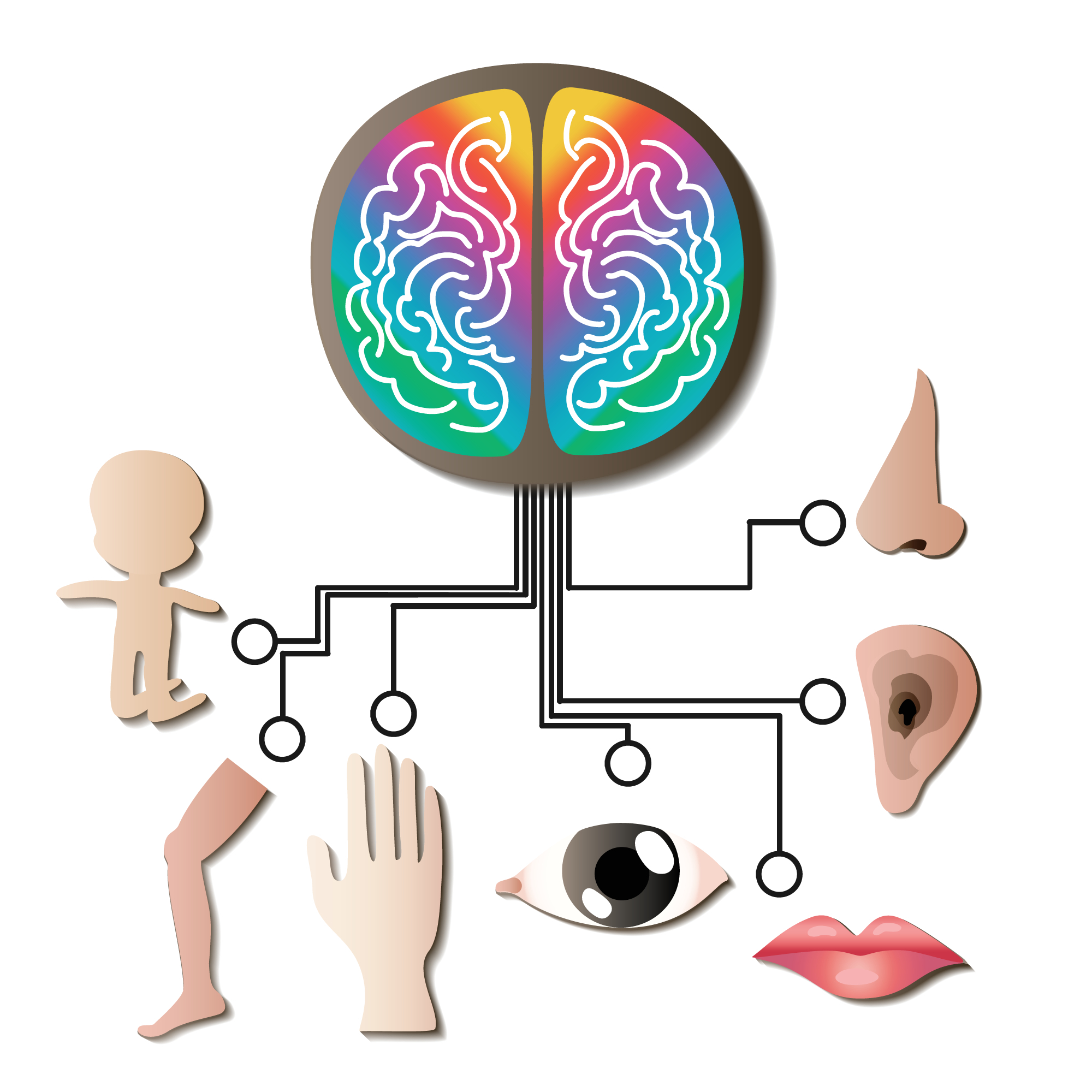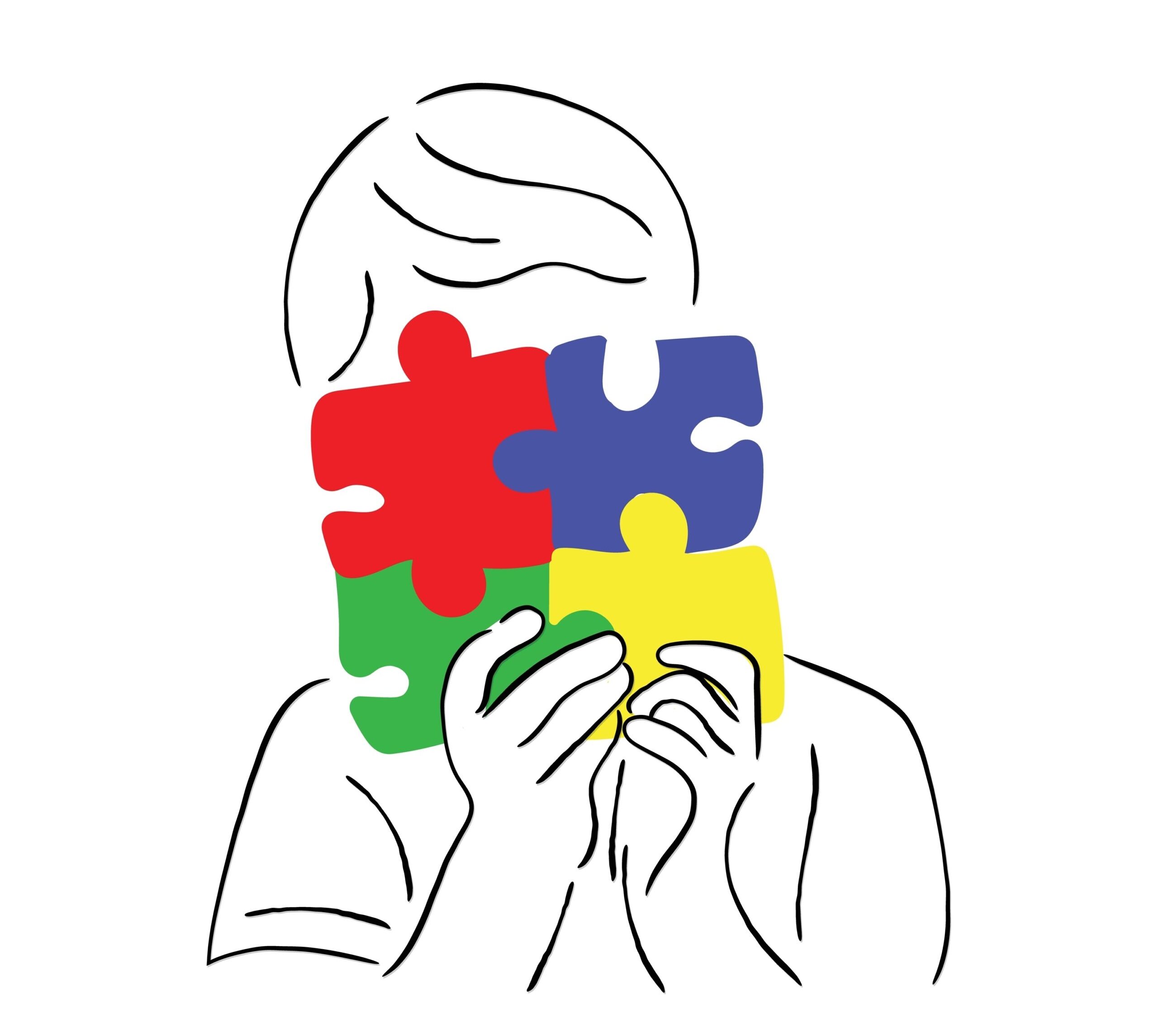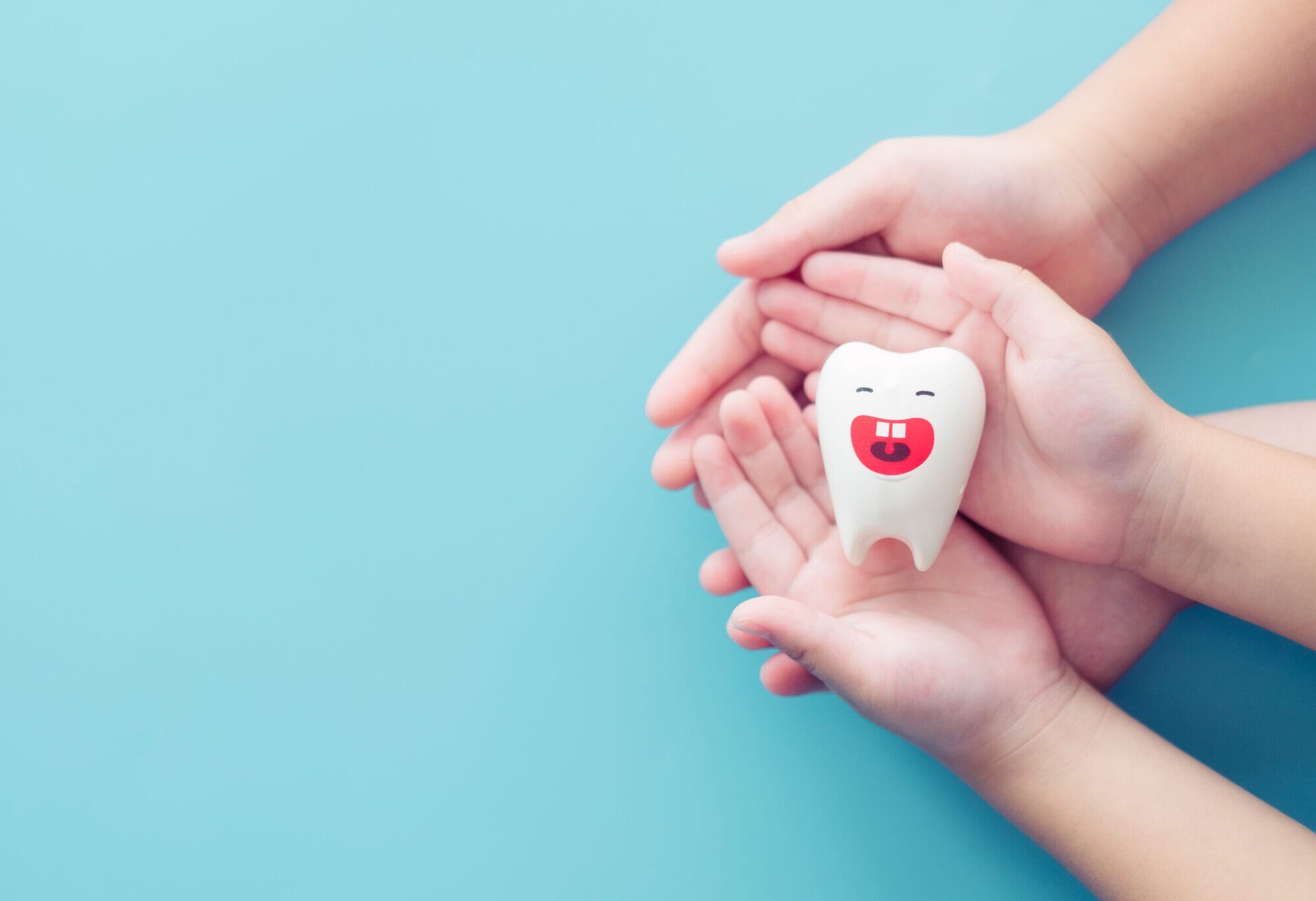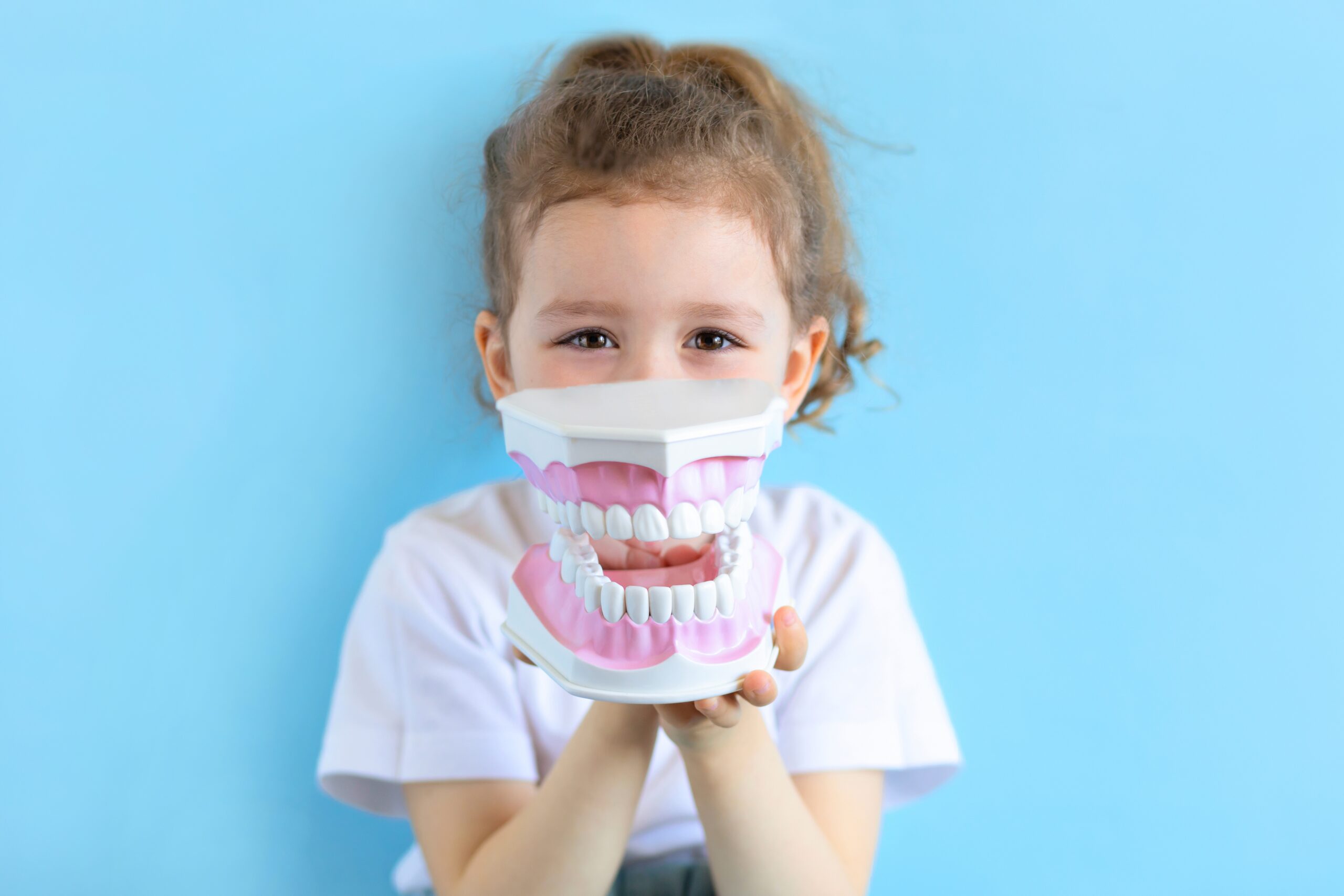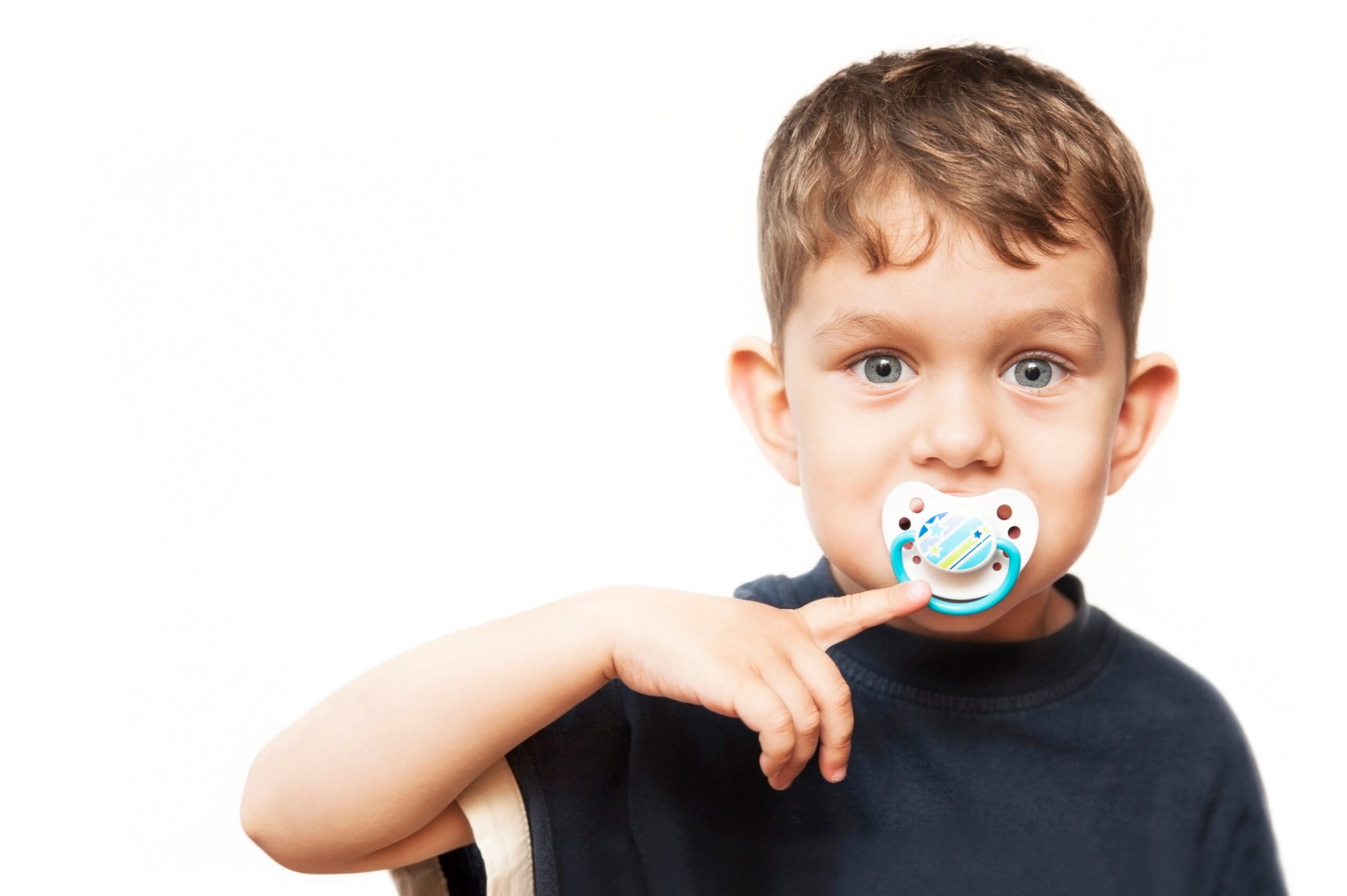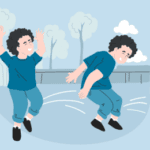
Blog
Dental Signs of Sensory Processing Differences in Children
Author: DrSensory
June 15, 2025
Dental Signs of Sensory Processing Differences in Children
Children with sensory processing differences often experience the world in ways that affect their oral health, behavior, and dental care routines. These sensory responses can lead to unusual oral habits, resistance to brushing, or discomfort during dental visits.
In this guide, we’ll cover the oral signs of sensory sensitivities, how these issues impact chewing, brushing, and eating, and how parents can collaborate with pediatric dentists to support their child’s oral health.
Causes and Risk Factors of Sensory Processing Disorder (SPD): What Science Knows
Types of Sensory Processing Disorder (SPD): Symptoms, Characteristics & Treatment
Signs and Symptoms of Sensory Processing Disorder in Children

What Are Sensory Processing Differences?
Sensory processing refers to how the brain interprets and responds to information from the senses—including touch, taste, pressure, and texture inside the mouth.
Some children are hypersensitive (over-responsive) and find typical oral sensations overwhelming, while others are hyposensitive (under-responsive) and may seek extra input by chewing or biting objects.
Understanding Sensory Processing Disorder and Its Impact on Children
How Sensory Needs Show Up in the Mouth
1. Avoiding Toothbrushing
Children who are hypersensitive may resist:
The feel of bristles on their gums or tongue
The taste or smell of toothpaste
The vibration or sound of electric toothbrushes
This can lead to poor oral hygiene, plaque buildup, and an increased risk of cavities and gum disease.
2. Chewing and Biting Non-Food Objects
Kids with oral sensory seeking behaviors may:
Chew on clothing, pencils, or toys
Prefer crunchy or chewy foods for extra feedback
Struggle with food textures or bite coordination
These behaviors can wear down teeth or introduce bacteria into the mouth.
3. Sensitive Gums or Oral Aversion
Children may:
Complain that brushing or flossing “hurts,” even with soft tools
Pull away during brushing or dental cleanings
Have a gag reflex triggered by certain textures or dental tools
This can make routine care stressful or inconsistent.
4. Picky Eating and Texture Avoidance
Oral defensiveness often leads to:
Refusal to eat specific food textures (mushy, sticky, gritty, etc.)
A very limited diet, which affects nutrition and tooth strength
Difficulty tolerating cold or hot foods, or specific temperatures
How Dental Alignment Affects Chewing and Swallowing in Children
How to Spot Oral Development Delays in Children Early
Types of Sensory Processing Disorder (SPD): Symptoms, Characteristics & Treatment
What to Share with Your Pediatric Dentist
Open communication helps your child’s dental team provide personalized, sensory-aware care. Be sure to mention:
Sensory Sensitivities
What triggers discomfort in your child’s mouth?
Are certain toothbrush types, toothpaste flavors, or tools problematic?
Feeding and Oral Habits
Does your child chew non-food items?
Are there specific food aversions or limitations that might impact nutrition?
Dental Visit Anxiety
How does your child respond to dental environments?
Do they need noise reduction, visual support, or calm techniques?
How Dental Alignment Affects Chewing and Swallowing in Children
The Importance of Brushing Teeth Starting at a Very Young Age
Tips for Sensory-Friendly Oral Care at Home
1. Use Sensory-Friendly Oral Tools
Soft-bristled toothbrushes
Unflavored or mild-flavored toothpaste
Try vibrating toothbrushes if your child seeks oral input
2. Desensitize Slowly
Start with short brushing sessions
Allow your child to hold the toothbrush
Use mirrors so they can see what’s happening
3. Prepare with Social Stories
Use visual guides or picture schedules to explain brushing routines and dental visits
Show photos of the dental office or read books about going to the dentist
4. Make Brushing Fun and Predictable
Let them choose the toothbrush color or toothpaste flavor
Use timers, songs, or reward charts to build routine
Promoting Oral Motor Development for Speech and Feeding
Sensory Processing and Autism: Understanding Sensitivities, Overload & Effective Therapies
Understanding Behavioral Interventionists and Their Role in Child Development
When to Involve a Sensory-Aware Pediatric Dentist
Children with sensory processing differences often benefit from care by professionals who understand:
How to create a low-stimulation environment
The importance of predictable routines
Modifying treatment to suit oral sensitivities
A pediatric dentist trained in sensory integration can:
Offer desensitization strategies
Use child-paced, non-threatening approaches
Help reduce fear, meltdowns, and resistance during cleanings
Living with Sensory Processing Disorder: Daily Tips, Support Strategies, and Family Guidance
Sensory Integration Disorder and Sensory Integration Therapy
Sensory Diet Strategies for Kids: Effective Tools for Sensory Regulation
Supporting Oral Health with Sensory Needs in Mind
Sensory processing differences aren’t just behavioral—they can affect your child’s eating, speech, oral hygiene, and dental health. Recognizing these signs early and adapting your home routine, dental tools, and professional care can set your child up for lifelong success.
With patience, professional support, and sensory-aware strategies, every child can feel safe and supported in their oral health journey.

🔍 Frequently Asked Questions (FAQ)
❓ Is it normal for my child to gag while brushing?
Some children with sensory sensitivities have a strong gag reflex due to texture or pressure in the mouth. Gradual exposure and the right tools can help reduce this.
❓ What if my child refuses to brush their teeth?
Try sensory-friendly alternatives like finger brushes or using a washcloth at first. Myofunctional therapy may also help with oral aversion and motor planning.
❓Can sensory issues lead to cavities?
Yes. Avoiding brushing, refusing certain foods, or favoring sugary soft-texture foods can increase the risk of tooth decayand gingivitis.
related blogs
Your child is constantly moving, crashing into furniture, or having meltdowns in response to seemingly minor things like a loud
Your toddler refuses to wear certain clothes, has huge meltdowns in noisy places, or is an extremely picky eater, limited
Your child seems to miss verbal instructions, struggles to follow conversations in noisy environments, and often asks "what?" even when
On the surface, autism and Ehlers-Danlos syndrome (EDS) might seem like two entirely unrelated conditions. One is a neurodevelopmental condition
The intense head pain begins, lights feel blindingly bright, and every sound seems amplified to an unbearable level. You retreat






































